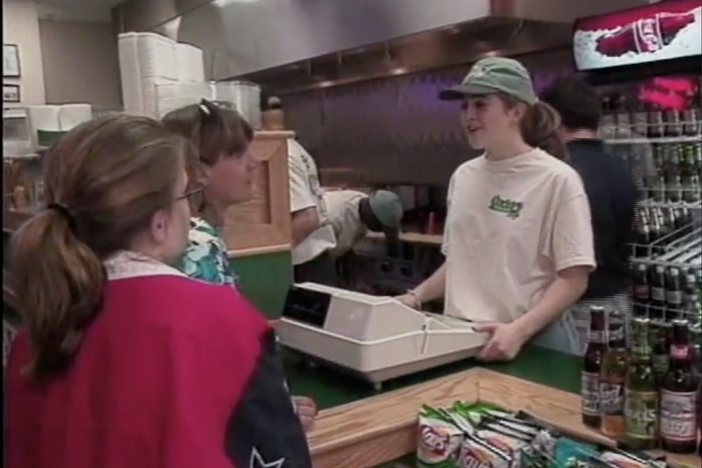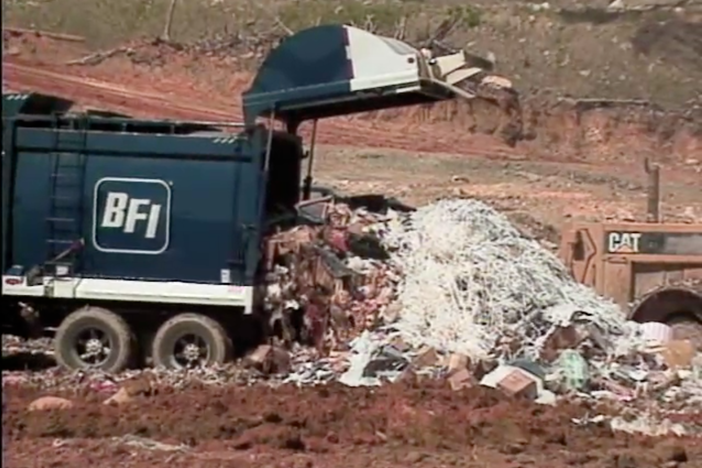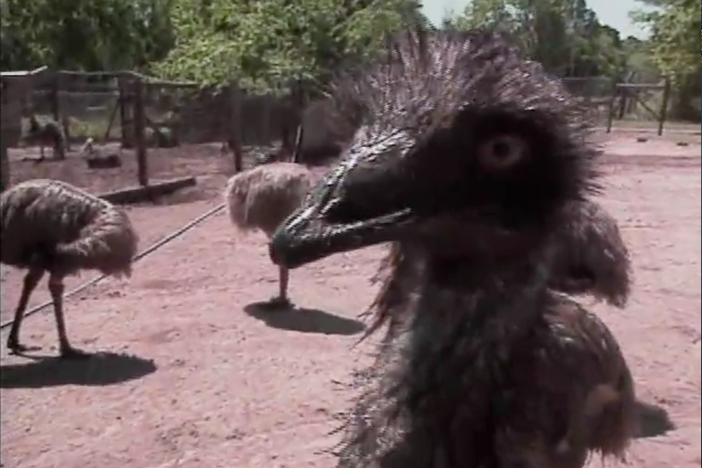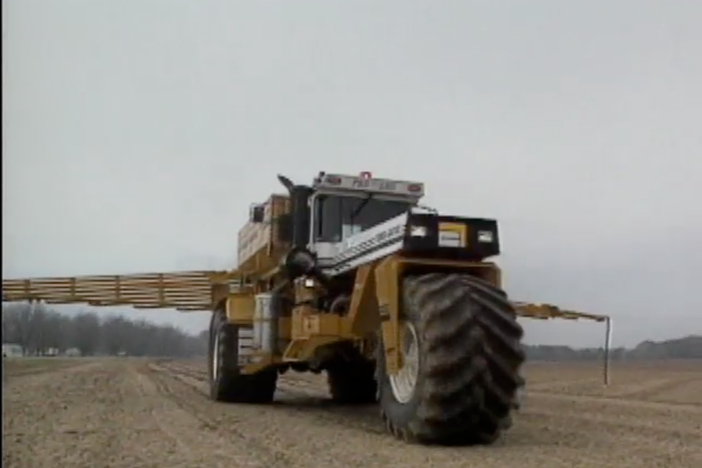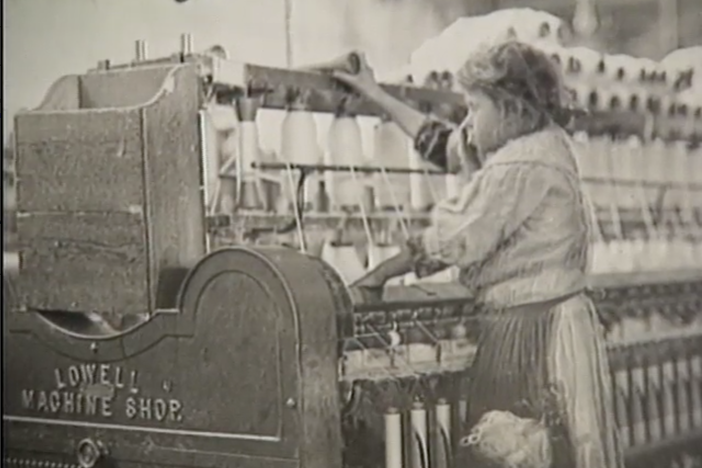The History and Future of Georgia's Farms
Metter farmer Bill Lanier tells about his experiences of life on the farm before great technological changes came to Georgia. Dr. Craig Kvien, an agricultural scientist at the University of Georgia, explains how GPS has impacted the farming economy. Fourth and fifth generation Early County farmers W. P. Smith and his son Tony discuss the efficiencies brought to farming with new technologies. Finally, Mike Newberry, another Early County farmer, contends that the average person would be surprised at the amount of technology used in farming today and the unlimited potential for improvements in the future.
The History and Future of Georgia's Farms
Metter farmer Bill Lanier tells about his experiences of life on the farm before great technological changes came to Georgia. Dr. Craig Kvien, an agricultural scientist at the University of Georgia, explains how GPS has impacted the farming economy. Fourth and fifth generation Early County farmers W. P. Smith and his son Tony discuss the efficiencies brought to farming with new technologies. Finally, Mike Newberry, another Early County farmer, contends that the average person would be surprised at the amount of technology used in farming today and the unlimited potential for improvements in the future.
Social Studies
Evaluate the economic impact of various industries in Georgia including agricultural, entertainment, manufacturing, service, and technology.
1. In the 1940s Georgia had approximately 250,000 farmers. There are less than 40,000 today. Account for the decrease in numbers in this occupation.
2. Describe how the Global Positioning System can be implemented by farmers. Of what technical value is a terrigator?
3. Other than the ways depicted in the video, how has technology influenced agriculture in today’s world, especially in Georgia?
1. Like most professions, farming has changed greatly from the 1940s to today. Brainstorm with classmates about other inventions and technological discoveries that could help farmers increase crop yields.
2. Find out how many farmers we have in Georgia today and how many farms there are in your county. Compare that number with the numbers given in the video. Locate where they are and how much acreage has been planted in Georgia. Distinguish between the number of farms that are are cooperatives versus corporately owned.
Global Positioning System: a locational and navigational system using satellites to determine where a place is and how to get there
terragator: machine used on a farm that distributes fertilizer where it is needed on arable and planted land
yield map: identifies the most productive areas of a farm using computers; the monitor measures how much each part of a field can yield in crops and the location of the field
combine: a farm machine that handles several tasks at once: the harvesting, threshing, and cleaning of grain crops (“combines” them into one machine, hence the name)
1. In the 1940s Georgia had approximately 250,000 farmers. There are less than 40,000 today. Account for the decrease in numbers in this occupation.
Typical farms used to be about 30 acres cultivated by single farm families. More products can be produced today due to technological advances made in machinery, research in soils and seeds, and the use of satellites. Farming is done on a much larger scale now—typical farm is more than 1000 acres. The cost of equipment and other expenses have driven many people into other occupations. Many left the agricultural scene so they could make more money in the cities in other businesses. Farming now requires a lot more money and expert knowledge on the latest technology.
2. Describe how the Global Positioning System can be implemented by farmers. Of what technical value is a terrigator?
This system is part of a satellite system that can utilize material that is taken from mapped data of a field that is supplied to a computer. It is possible to determine which soil is healthy and which is not. A terrigator is a machine that distributes fertilizer where it is needed. It costs $150,000. Computers are also used to make decisions about planting.
3. Other than the ways depicted in the video, how has technology influenced agriculture in today’s world, especially in Georgia?
Georgia’s agriculture economy contributes $57 billion to the state’s economy every year. According to GeorgiaAg.com, Georgia agriculture extends from Main Street to Wall Street. It is much more diverse and sophisticated than ever. Farms are large (an average of 222 acres), even though there may be fewer of them. They are involved not only in the production of the crop, but also the marketing and distribution of the crop to the grocer and consumer. Georgia leads the nation in the production of broilers (young chickens) and peanuts. Next comes cotton and rye then peaches and tomatoes and it is fifth in the number of acres devoted to the growing of tobacco. Georgia also produces “apples, berries, cabbage, corn, cucumbers, grapes, hay oats, onions, sorghum grain, soybeans, vegetables, watermelons, wheat, and ornamentals, turf grass and other nursery and greenhouse commodities.” (New Georgia Encyclopedia) Most farms are irrigated and have sophisticated equipment for planting, maintaining, and harvesting of their crops.

